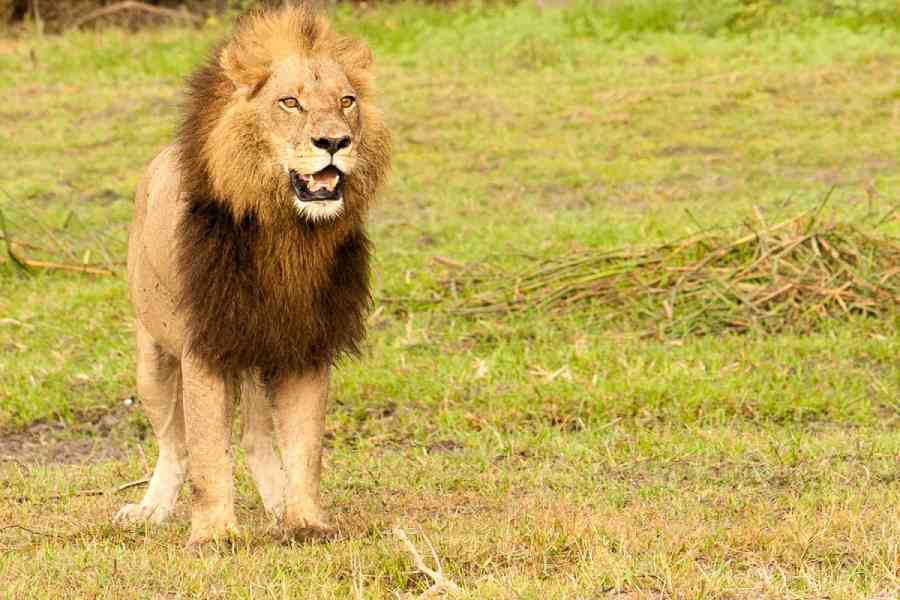Private land used for illegal lion tourism around the Gir forest in Gujarat has become hotspots for lion attacks on humans, wildlife scientists have cautioned after a new analysis of human-lion coexistence and conflict in the world’s only habitat for Asiatic lions.
The researchers have found that the annual counts of lion attacks on humans have remained fairly steady — an average of 25 per year — since 2012, but they are highest in and around the private plots involved in unregulated and clandestine lion tourism.
Those who manage such private tourism land often practise baiting to lure the lions, which can cause the lions to lose their fear of humans, impede the learning of hunting techniques by juvenile lions and artificially inflate lion population densities, the researchers have said.
“Most attacks on humans were accidental or occurred when lions were provoked,” Keshab Gogoi, a researcher at the Wildlife Institute of India (WII), Dehradun, and his collaborators said, reporting their study’s findings in the journal Conservation Biology. The study collaborators are Yadvendradev Jhala, formerly at WII, Kausik Banerjee and Stotra Chakrabarti from the WII and Anirudh Pratap Singh with the Gujarat forest department.
A 2020 lion population census had estimated 674 lions across the habitat and earlier studies had indicated that the lion’s geographic range had expanded by 36 per cent from 2015 to 2020. Scientists believe nearly 500 lions share space with 6.8 million people.
Wildlife researchers had first flagged concerns about a growing human-lion conflict around the Gir forest over three decades ago with a 1994 WII study reporting an average annual frequency of 14.8 attacks on humans between 1978 and 1991.
The 1994 study led by lion specialist Ravi Chellam and others had also reported that baiting sites and conflict sites overlapped, implying that baiting can increase the risk of conflict.
Lions have co-existed with local communities in the Gir forest for over 200 years and studies in the past have shown that members of these communities have adopted effective ways to avoid lion attacks. But the entry of lions into human-dominated landscapes has created fresh human-lion interaction zones, Gogoi and his colleagues have said.
But, the researchers said, lions only rarely consider humans as prey and the Gir forest authorities remove extremely aggressive lions involved in attacks on humans and move them into captivity.
The Gujarat forest department regulates lion ecotourism through checks, balances and restrictions such as curbs on the number of vehicles permitted on the safari circuit. But demand for viewing lions with fewer restrictions has spawned lion tourism on private land.
The state government offers compensation for lion attacks. The WII researchers said they had observed that those who manage the private land used for tourism appear to claim compensation for livestock that might have been offered as bait to lure lions into the plots. The currently illegal practice of such private lion tourism seems to be thus “subsidised through public funds”.
“If in the long run, the government decides to legitimise... tourism on private land, the government should ensure a socially just mechanism by which revenues earned are equitably shared among all strata of society,” the researchers wrote in their study. “The current illegality of such an activity favours despotism and the profits are monopolised by certain (privileged) sections of society.”











